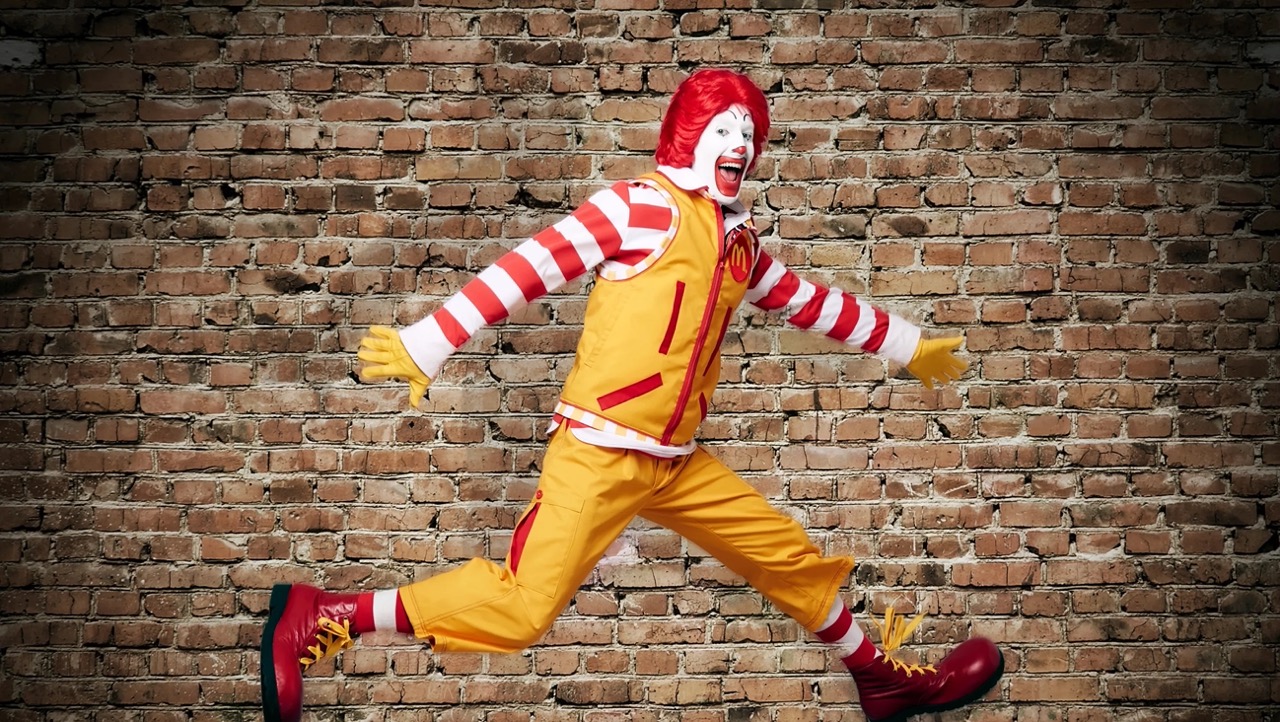Share This Article
Mascots and their benefits for promotion
Mascots are characters that promote a more interactive interaction between the customer and the brand. They turn marketing strategy into an engaging process. They make communication with the audience more memorable.
These characters bring the company to life and make it stand out. Mascots also help to increase engagement. They serve as an effective tool for storytelling and promoting the brand narrative. Examples of mascots include Ronald McDonald for McDonald’s and Duo the owl for Duolingo.
Such characters are essentially brand ambassadors. They play an important role in strategies to promote and maintain a company’s visual identity. Mascots become an integral part of a company’s identity and facilitate dynamic interaction with consumers. Through them, companies build long-term relationships with their audiences. These characters embody the voice of the brand on social networks, communicating with users and directing them to relevant content.

Benefits
For a mascot to fulfill its role, brand marketers must carefully consider its story and image. The character must be in line with the brand’s values, while retaining its individuality.
With the help of a mascot, brands can achieve the following marketing goals:
- Increased recognition. The owl of the language learning application Duolingo is associated with the service.
- Broadcasting the brand’s voice and tone. Mascots allow companies to communicate harsher or ultimatist messages that may not be acceptable when addressing consumers directly. At the same time, more direct messages can be delivered through personas that encourage more action.
- Consistent marketing. Mascots allow for a broader and more consistent strategy. Such a brand ambassador can participate in all of a business’s advertising campaigns, helping to improve recognition.
- Relationship building. A mascot provides a more natural and organic interaction with consumers. Engaging in a dialogue with a character is much more interesting than engaging directly with a company.
- Creative calls to action. Character push notifications encourage users to take action. This approach keeps consumers’ attention and encourages them to take certain steps.
The effectiveness of mascots stems from the human tendency towards anthropomorphism – the property of giving inanimate objects human features. This adds an emotional dimension to the interaction with the brand. According to research, the positive reinforcement that mascots give off gets results. People don’t want to be disappointed by the character and are more likely to decide to continue interacting with the brand.
Overall, mascots provide an opportunity to turn the marketing process into an engaging journey. Characters support consumers at every touch point with the brand. This builds loyalty and trust.

